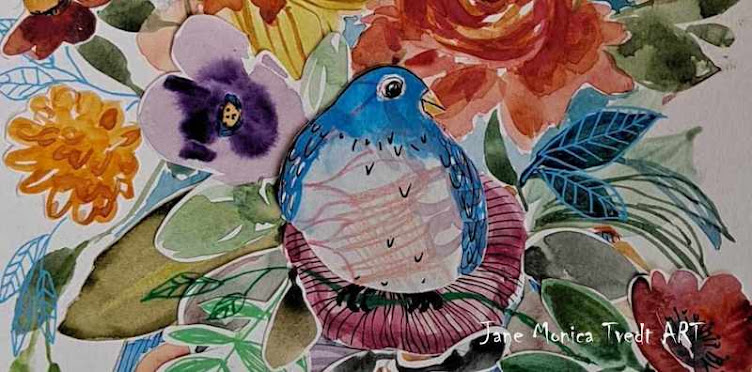History of the Pompadour Pouch
The Pompadour Pouch, also known as a reticule or a drawstring bag, has a rich history dating back to the 18th and 19th centuries. Here's an overview of its development and cultural significance:
Origins and Early History18th Century: The Pompadour Pouch gets its name from Madame de Pompadour (1721-1764), the influential mistress of King Louis XV of France. While it's uncertain if she directly influenced the creation of the pouch, her name became associated with this style of bag.
Fashion Accessory: During the late 18th century, as women's fashion began to change, the bulky pockets sewn into skirts and petticoats became impractical. Dresses became slimmer and more form-fitting, leading to the need for an external accessory to carry personal items.
19th Century Popularity
Regency Era (1811-1820): The reticule became extremely popular during the Regency era in England. These small drawstring bags were often made from luxurious fabrics such as silk and velvet and were decorated with embroidery, beads, and tassels.
Variety of Styles: Reticules came in various shapes and sizes, but the common feature was their drawstring closure. They were carried by women to hold essentials like handkerchiefs, smelling salts, a fan, or a small coin purse.
Symbol of Femininity: The Pompadour Pouch was not just a practical item but also a fashion statement and a symbol of femininity. It allowed women to express their personal style and creativity through the choice of materials and decorations.
20th Century and Beyond
Evolution: As fashion continued to evolve, the Pompadour Pouch saw changes in its design and usage. By the 20th century, handbags became more structured, and the reticule was no longer a common accessory.
Revival: Despite changes in fashion trends, the Pompadour Pouch has seen revivals, particularly in vintage and historical fashion circles. Modern versions of the pouch are often used as evening bags or bridal accessories, appreciated for their classic elegance and nostalgic charm.
Characteristics of the Pompadour Pouch
Drawstring Closure: The defining feature of the Pompadour Pouch is its drawstring closure, which gathers the fabric at the top and secures the contents.
Decorative Elements: These pouches are often richly decorated with embroidery, lace, beads, and tassels, reflecting the styles and craftsmanship of their time.
Materials: Common materials include silk, satin, velvet, and brocade, chosen for their luxurious appearance and feel.
Size and Shape: The size can vary, but they are typically small enough to be carried easily in one hand or hung from the wrist.
Cultural Significance
Fashion and Status: The Pompadour Pouch was a symbol of fashion and status. Women of higher social classes often had more elaborate and finely crafted pouches.
Personal Expression: The design and decoration of the pouch allowed for personal expression, with women often making their own or having them custom-made.
Historical Artifact: Today, antique Pompadour Pouches are valued as historical artifacts, providing insight into the fashion and social customs of the past.
In summary, the Pompadour Pouch is a timeless accessory with a rich history that reflects changes in fashion, society, and personal expression. Its enduring charm continues to inspire modern adaptations and revivals
Enjoy a creactive day ❤





































